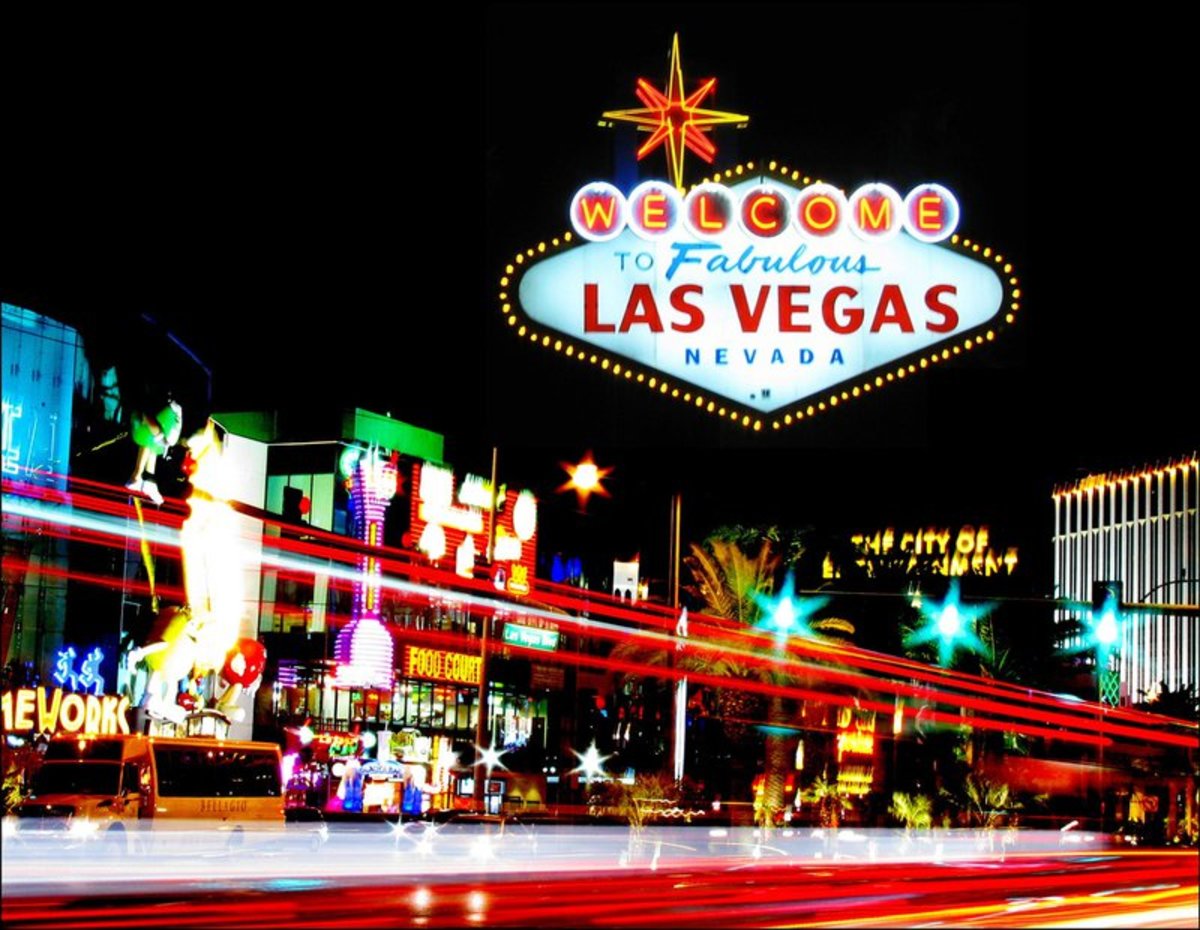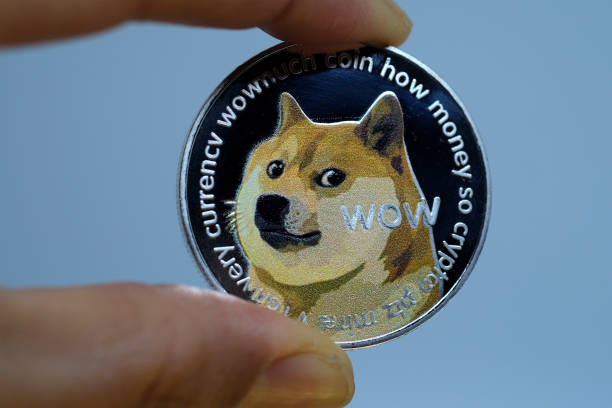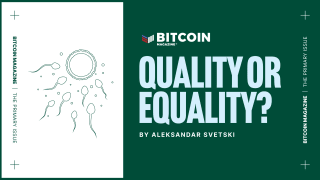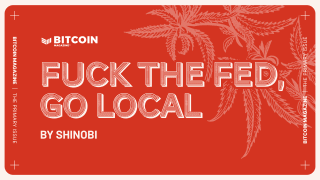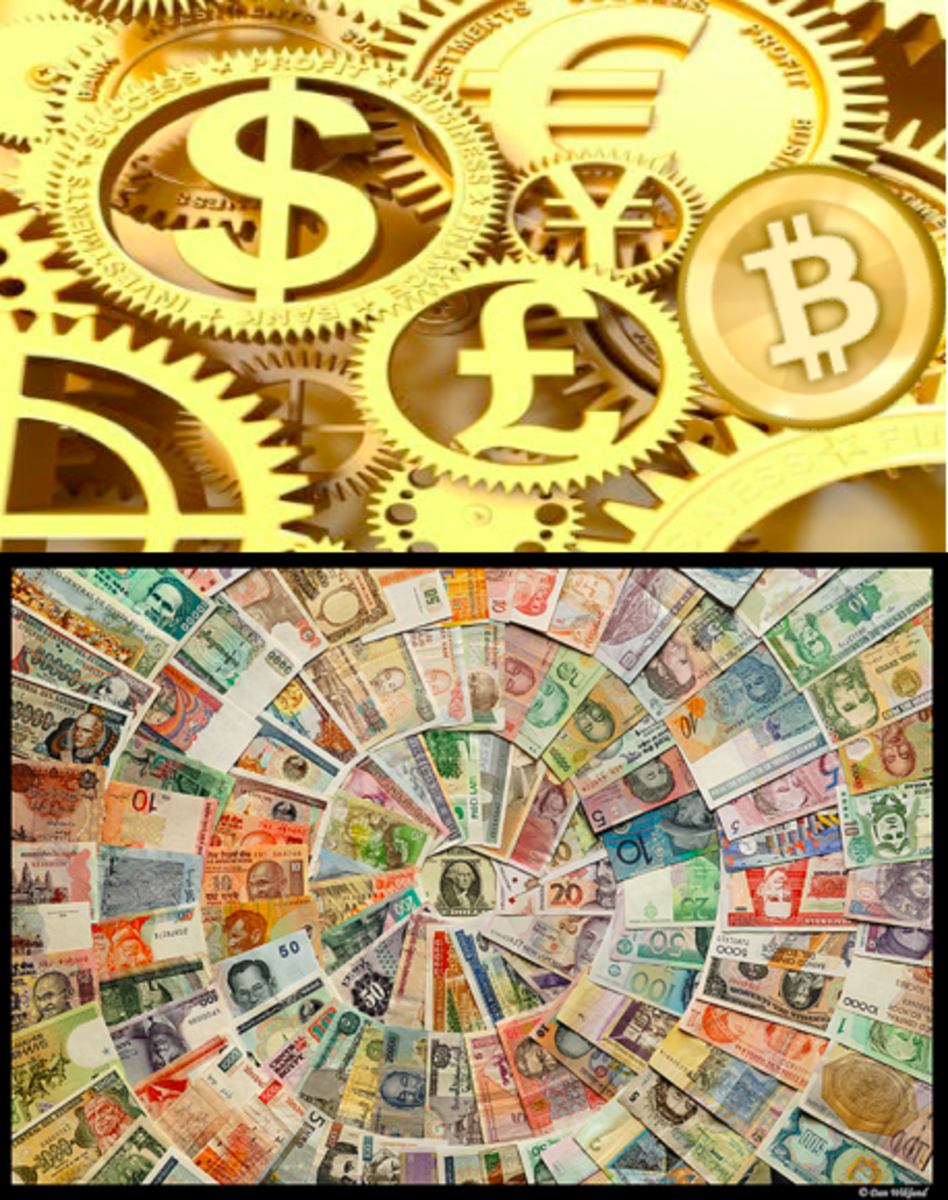
Written By: BigChubbyCat (8BTC)
Translated By: James Choi (8BTC)
Edited By: Elizabeth T. Ploshay (Bitcoin Magazine)
I. The difference among physical carriers
Before discussing currency competition, we should define the difference between different monetary carriers.
1. Carriers for precious metal money: metal atoms (Au, Ag, Pt, etc)
2. Carriers for paper money: some mixture of plant fiber
3. Electronic money: electronics
There have been other forms of carriers in the past. For example, past carriers of horns, seashells and feather money were parts of animals, which are essentially protein and calcium. Carriers of different physical natures compete against each other. Competition results from human behaviors such as selecting, comparing, eliminating and hoarding.
Additionally, compulsory enforcement is also a human behavior, which does have an impact on the result of selecting monetary carriers. However, compulsory enforcement itself is not competition. The currency competition I will refer to, is market competition based on voluntary activity by each individual. The different physical natures of monetary carriers lead to currency competition, which also applies to carriers of the same physical nature. Precious metal money competes against paper, and paper money against electronic money. Different currencies also compete against each other under the form of the same carrier. For example, metal carriers like copper, gold, silver, and aluminum have played the role of monetary carriers at different phases in history. Humans cause currency competition, namely through mining technology, the process of smelting and forging, etc. There are often different forms of the same metal with subtle competitions, like gold bricks of regular shape, gold bullions of irregular shape, more standardized gold coins, etc.
II. The Differences of Origin
From the perspective of the origin of money, there are two types of money:
1. Free money, which is chosen spontaneously by the market. Examples include gold, silver, platinum, Bitcoin, Litecoin and Ripple, etc.
2. Fiat money, whose acceptance is mandated by the government.
III. Currency Competition
1. Free money (precious metals) VS fiat money (paper money)
This game has already ended and the winner has come out. Sadly a lot of people, however, are still not aware of the result. The collapse of the Bretton Woods system and the monetary history itself have told us the fact that paper money did not win. The great influence of positivism and the weird logic of I think therefore I am, however, has twisted the cognition of many individuals, who still think that the paper money we use today has defeated gold and silver through fair market competition.
One with any historic common sense would not agree on such incorrect opinions which result from a misunderstanding of the definition of competition. Many get confused between the concept of competition and unscrupulousness. Currency competition, as a matter of fact, refers to the voluntary selection through the free market, which excludes the compulsory intervention by non-market factors.
2. Competition Among Free Money
A. Competition among precious metal currencies
There is competition between gold, silver and platinum. In the era of metal money, the most popular monetary carriers were gold and silver. Today, platinum has become ornamental due to its inferior physical nature (less flexible than gold or silver) and the difficulty to mine platinum. Platinum can be considered one of the losers in this currency competition, along with iron and aluminum.
The metal money competition has two winners, namely gold and silver, which is also revealed in the choice of central banks and individual savings accounts holding gold and silver. The existence of paper money is nothing about competition, but mandatory acceptance, caused by two totally different processes.
Although gold and silver meet the standard of four basic monetary attributes, they still have some tiny (not fatal) defects, relating to divisibility and transportability.
Divisibility. Both gold and silver can be easily cut into small sizes, but there are limits in the cutting. Gold must be large enough to be seen and carried by individuals. This defect is not fatal and may be fixed by alternative option, namely silver. Just like the units of length where lightyear and nautical mile are not suitable for daily life and the Metric system is, when the minimal unit of gold can not meet the demand, silver may be used for settlement.
Transportability. Metal money is not suitable to carry for long-distance and in large quantities. Payment via electronic process through bank systems, on the other hand, may repeat the failure of the fractional reserve system.
3. Competitions among crypto currencies
There are almost no obstacles in the cutting of electronic currencies, as one can simply divide a Bitcoin into 10 0.1B or 100 0.01B. The electronic transfer is so convenient that there can be a zero transaction fee.
This advantage comes with the cruelty of competition, as probably no more than one crypto currency will in the end survive under the impacts of adhesiveness, network effect and power laws competition. The cruelty is bidirectional, as not only Litecoin or Ripple but also Bitcoin itself are under such pressures. As long as the development of Bitcoin goes against any basic monetary attribute, it will collapse soon. It is a cruel selection of winner-take-all. But it all depends on the choice of the market, which is voluntary and spontaneous.
IV. The Collaboration Among Parallel Currencies
However, the market relationship among currencies is not purely “cruel competition”. A cryptocurrency is not a perfect solution, neither is a precious metal currency. Both have some monetary attributes that the other need, and both are free money whose total amounts cannot be controlled.
Cryptocurrencies can cover the mentioned defects of precious metal currency, with better divisibility, better transportability and quicker payment, while the latter can cover the market that the former could not reach, namely locations without network or equipment, people unable to learn about cryptocurrencies, and places without electric power, etc. The market will spontaneously find the exchange rate accepted by both sides, like 1BTC = 15g silver. As long as the market accepts it, cooperation can be reached.
V. The theory of scarce currency is wrong
If a substance becomes money, there is no such thing as scarcity, as the monetary attributes require the substance to be infinitely divisible. If a substance is scarce, it cannot be turned into money.
The scarcity of currency is a false statement. It mixes up some basic economic concepts, namely money, commodity and price. Money itself is a commodity. To become money, however, this commodity must have the attribute of infinite divisibility, or it will be replaced. When the requirement of its monetary attributes are met, there is no scarcity of currency in this commodity. Since it is infinitely divisible, the total amount of this currency would not be scarce, no matter how the total amount of commodities and services change, or how the population and economy develop. Money is what the economy uses to store value, so when it plays the role of exchange medium, it is the money itself that decides the price, not the other way around.
The total amount of money is the important factor in deciding the price. Price itself cannot threaten the total amount of money, since it is the wrong price and would be rejected by the market. For example, let’s assume that there were only 50 tons of gold in the era of the gold standard. The 50-ton-gold would be the decisive factor for price for people to trade in the market. If somebody sold something at the price of 51 ton of gold, scholars who mix up the concepts tells us that currency is scarce.
Clearly, anyone with common sense knows that this deal is impossible to make. The price is senseless and incorrect, let alone when the competitors of the seller would jump in and lower the quote. Even when there is no competitor, the price is still invalid, simply because no one could afford to buy it. So if people agree on the theory of scarce currency, they will accept the compulsory power that manipulates the market and price. Due to the incorrect price, people give up on honest gold and choose paper money which has in essence, a limitless supply. Finally, the currency is no longer scarce, thanks to selfless central bankers who offer their help.
This is not the truth, however. This is just the logic always held by the positivist. As a measurement for price, the purchasing power of money itself is only a reflection of the commodity trading in the market. The oversupply of commodities leads to the decrease of price and those who expand recklessly get punished, yet those who expand reasonably can provide cheap yet qualified service. The whole process results from human behavior instead of a simple mathematical function. First, only some people expand recklessly. Secondly, when the losers quit the market, the price will stop and fall and the economic cycle will make people look for more reasonable investment and thus recession ends. Thirdly, both consumers and suppliers are human beings, whose behaviors cannot always be calculated and predicted precisely by mathematical constants.
Therefore, the success and the failure of an economy, as well as its prosperousness and recession, are caused by human beings. To end a recession, the spontaneous adjustment from human behavior is surely needed. Ending a recession has nothing to do with money. The economy is like a car and money the tree beside. It is the human who drives and brakes the car, although the faster the car is running forward, the faster the tree seems to be behind at a distance. One should understand the relative reference of physical movement, rather than that of backward movement of the tree which drives and provides power for the car.
Thus, it can be concluded that neither money nor central banks help the economic cycle. Does one really believe we should adjust the backward policy of the tree to keep the car driving? A good driver should not pay attention to the tree outside the car, or a car accident may happen. A good economy should not pay attention to its money, and neither should it manipulate the money or interest rate because what is caused by man should be solved only by man.
VI. Gresham’s Law is wrong.
The traditional understanding about Gresham’s Law is wrong, yet it is still used to explain the elimination of gold and silver by paper money.
This law is also called, “the law of bad money drives out good.” People tend to keep the money of better commodity value and spend money of inferior commodity value. At the end of the day, the market is full of the bad money and good money is out of circulation. People who don’t think themselves, will easily accept this point of view, yet it only describes something that really could never happen.
Nobody can hoard good money and spend bad money forever. If one will not accept bad money, then how will many others accept it long term. This logic can be applied to the paper money we use today. Many would like to spend broken paper money first and keep unbroken money. Yet, we also know that you can’t do that forever. As market participants, others would not accept broken paper money either, which means the so-called Gresham’s Law could not last for long. In contrast, sellers with superior commodities hold a dominant position in price negotiation and they will only accept good money, forcing others to pay in good money.
The essential problem of Gresham’s Law is that Gresham didn’t figure out what the market really needs. Trying to explain with positivism, he took something only happening in a limited range of time and places as a core rule and misread the relationship between man and money.
The fact is, people use bad money not because bad money drives out good money, but because people need good money. Gresham’s Law only describes the preliminary stage of currency competition, yet fails to mention the result of the overflow of bad money and the end of the competition.
One can tell from history that the overflow of bad money could be disastrous. No one likes bad money and it cannot survive forever. When the bad money runs out of market credit, tremendous monetary disaster takes place. When people need good money, the market would be full of good money. Good money drives out bad money. This is the law for the whole process of currency competition.


